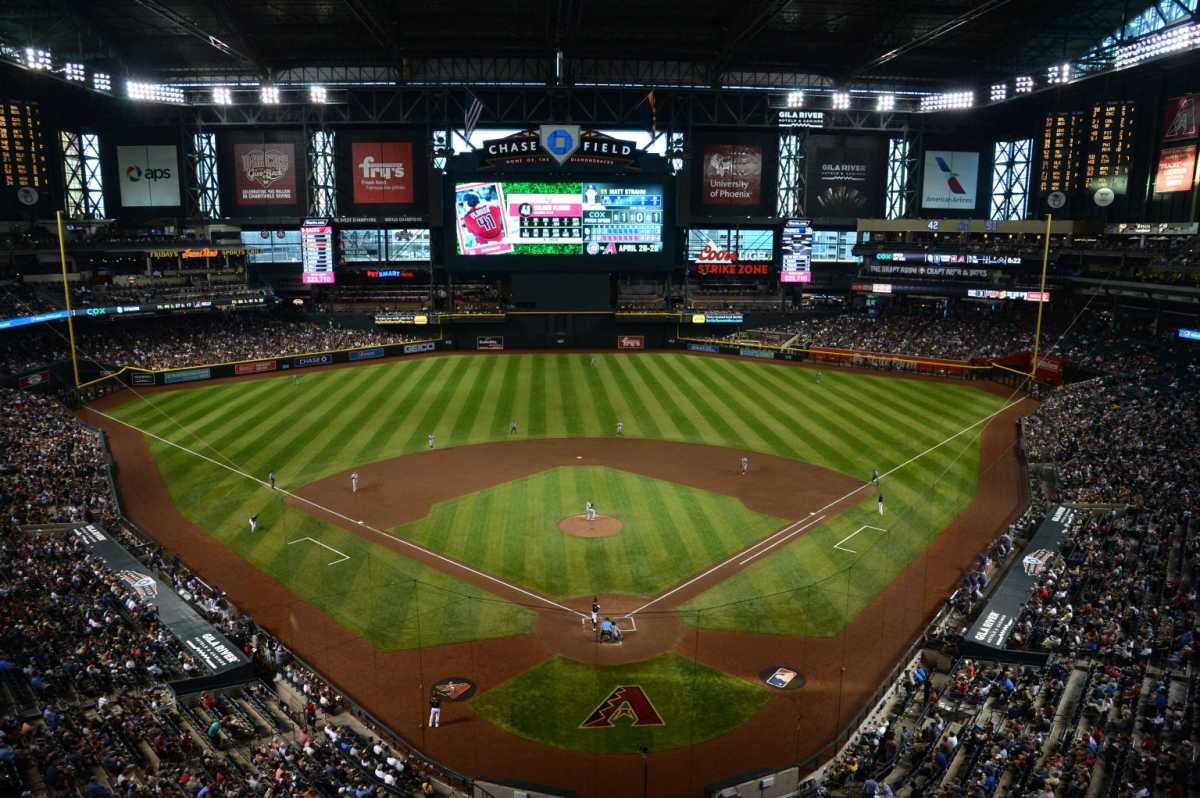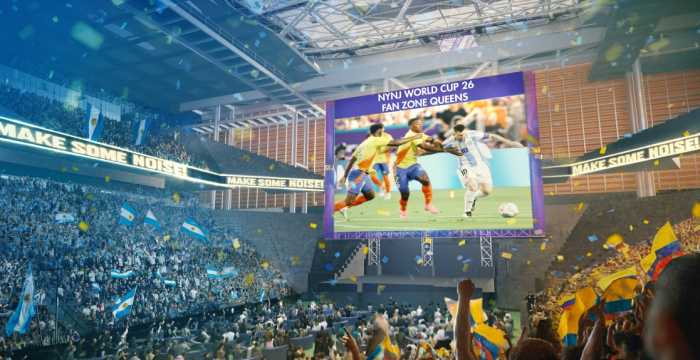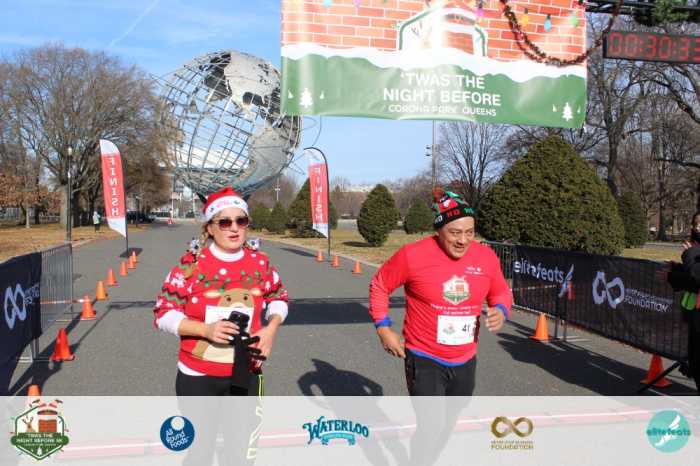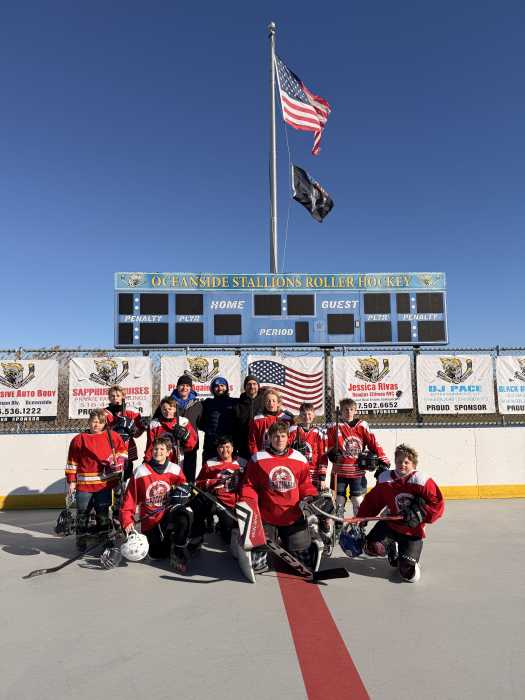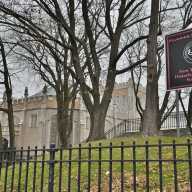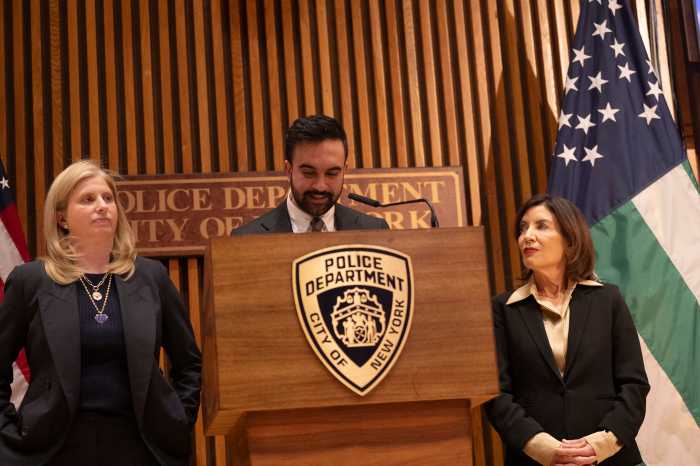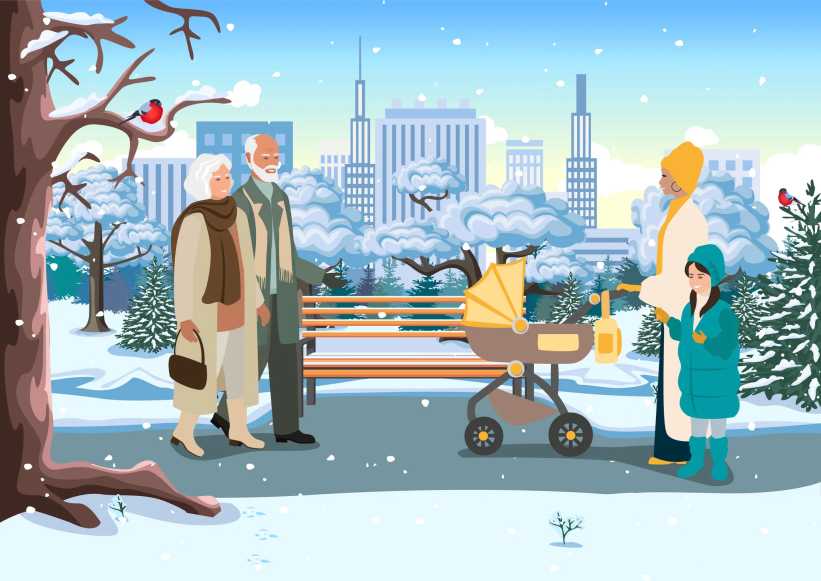Major League Baseball might be the first major North American sport that resumes play amid the coronavirus pandemic.
Early Tuesday morning, ESPN’s Jeff Passan reported that the league and its players “are increasingly focused on a plan” to start the season by early May — significantly earlier than anyone has been expecting in recent weeks.
The plan — which has received the backing of a high-ranking federal health official — would see all 30 teams playing their games in Arizona with no fans in attendance.
The state features Chase Field — home of the Arizona Diamondbacks — which has a synthetic playing surface that holds the capabilities of hosting three games in a single day.
Arizona also hosts several teams’ spring-training facilities, adding an additional 10 MLB-worthy playing fields to the mix.
MLB players, coaches and staff members would be pseudo-isolated in local hotels, only being allowed to travel to the stadium for games.
Following the rapid outbreak of COVID-19, MLB canceled its spring training on March 12 and postponed Opening Day shortly after. As the virus’ grip on the nation continued to strengthen, it seemed as though June would be the earliest baseball could return.
On Saturday, United States President Donald Trump told major pro sports commissioners that his hope is for an August or September return to games with fans in attendance.
With MLB’s no-fan, Arizona plan comes an obvious number of speed bumps that could throw a wrench into things, though.
Besides the massive undertaking of properly housing an entire league’s worth of personnel, MLB would basically be isolating their members away from their families for the foreseeable future — as long as four-and-a-half months, per Passan.
There also would be some major tweaks to games and the game experience to ensure player health and safety.
Among possible tweaks to the game would see an electronic strike zone implemented to keep umpires away from players, mound visits from catchers or pitching coaches being outlawed, players sitting in the stands 6 feet apart rather than in the dugout, and an abundance of seven-inning doubleheaders.
For all of this to work, though, suitable and efficient coronavirus testing must be constantly available to ensure the health and safety of the players. That hasn’t been the case in the United States so far, but Passan notes that could change by early May.
This story first appeared on amny.com.

